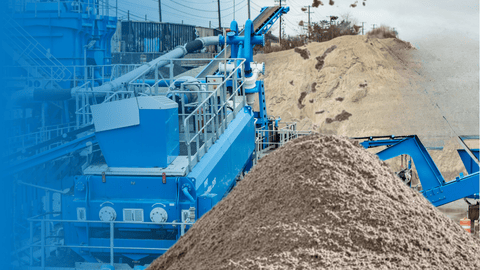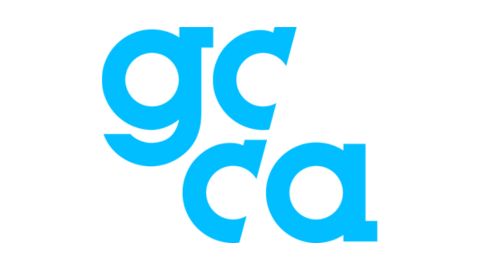Sierra Frac Sand Partners with CDE to Produce Sand Gradations Required by Market Demand at a Consistent Volume Capacity.
Kim R. Smith went from wood to sand, and found a new home. He founded Sierra Frac Sand, the Tatum, Texas-based frac sand company in 2008, after working in the timber business for 25 years, and is the company president.
Smith saw getting into the frac sand business as a real opportunity. “Kim wanted to get into something energy related,” Plant Operations Manager Cody Baker, who also worked with him in the timber industry, said. "He identified frac sand as that opportunity. He already owned a rail spur being leased from a large sand company bringing in frac sand, so there was an existing connection to the industry."
The demand for premium northern sandstone was high, and at that time, product was being shipped from Wisconsin and Minnesota to serve the needs of the Texas hydraulic fracking industry. A more local source of sand was needed.
“Smith tested sand from the tip of Florida all the way to Texas, discovering there is no frac-sand-quality product along the gulf,” Baker said.
While Smith tested various sand types, Baker began to expand his knowledge of frac sand. He trained at PropTester Inc., a Houston-based laboratory that researches and tests products used in hydraulic fracturing operations. “They taught me how to qualify a sand source as frac sand,” he said. "I’m now very confident in my knowledge to recognise characteristics of frac sand and how to produce it efficiently and quickly,”
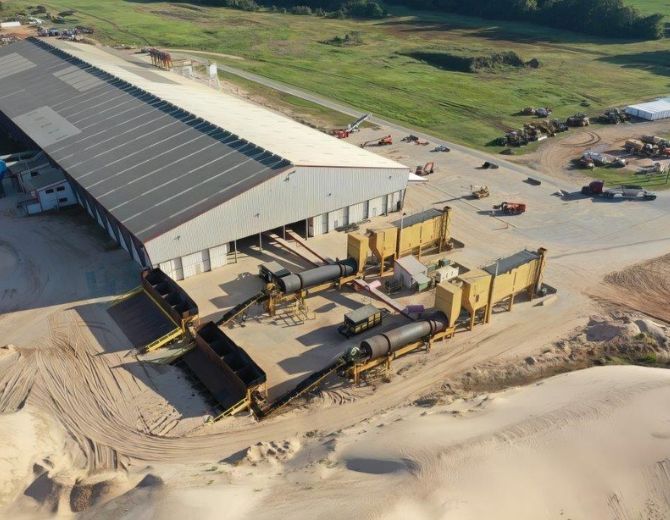
PLAIN DEALING
Sierra Frac Sand now has locations in Texas and Louisiana. Its Cedar Bluffs site in Plain Dealing, La., features a permitted mining area of approximately 850 acres with almost 25 million tons of reserves remaining. This is not including sand bar or river dredging, where reserves are dependent on new sand deposits coming down river.
One of the big challenges the company faced at Cedar Bluff in 2013-2014 was finding a quality processing plant quickly that would produce sand gradations required by market demand at a consistent volume capacity.
The company discovered CDE equipment, and the rest, as they say, is history. "The first plant, nicknamed 'Old Blue,' was what they call their M4500 Series," Baker said. "The base of our other plant is also an M4500 with upgrades to handle volumes as if it were an M5500. The remainder of the newer plant is all custom built for our application. It’s the only one like it in the world."
The M4500 is a 450 tph plant and the M5500 is a 550 tph plant.
"We went with CDE for several reasons," Baker said. "We liked the mobility aspect of its modular build. We could disassemble and reassemble at another location in less than a week. It looked unique, and was simple and operator friendly. Our research indicated that it was a quality product; and it was readily available. Tony Convery, CDE's executive chairman and founder, was always a straight shooter and believed in what he was selling. He offered us a solution on great terms, and we jumped at the opportunity. "
CDE makes the adaptation of its equipment easy by listening to is customers, reacting quickly and conducting fair and honest business, according to the company. Ten years later the equipment is still doing the job for Sierra Frac Sand.
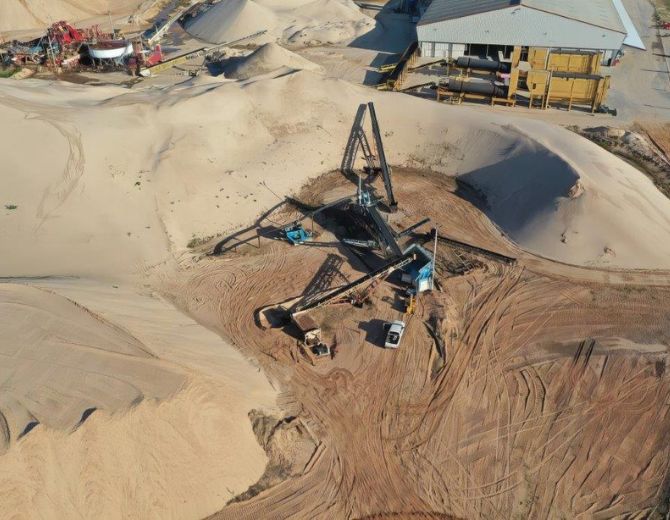
PRODUCTIVE PARTNERSHIP
CDE Customer Relationship Manager Andrew Bunting said CDE and Sierra Frac’s partnership started over a decade ago. "Tony, first met the Sierra Frac team at ConExpo-Con/Agg in 2014 and we’re proud to have worked closely with the Sierra Frac team ever since," he said. "That year, Kim R. Smith purchased what was the show display model – our M4500 sand washing plant, which had evidently left a strong impression.
“That plant – fondly known as ‘Old Blue’ – is still delivering as strongly now as it did the day it was commissioned and will continue to for the foreseeable. It’s testament to both the engineering excellence under the hood and the on-going parts and service support we provide to guarantee performance over the long term."
Only a few years later, on account Old Blue’s excellent performance, Sierra Frac would purchase its second CDE plant – this time a 525 550 tph solution which was commissioned in 2018. Both plants continue to work in harmony with one another today.
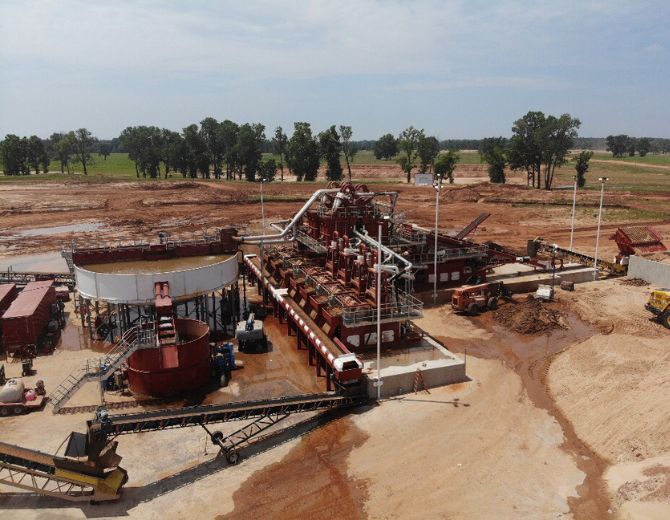
PRODUCTION PROCESS
The production process at Sierra Frac Sand is efficient and consistent. "We excavate and/or dredge raw material from our deposit(s), then load off-road haul trucks to be washed at the CDE wash plant(s)," Baker said. "Once material goes through the wash plant it is radially stacked for decanting. Depending on the product(s) to be loaded, it is either dried in rotary drum driers or loaded wet with 3-6% moisture."
The drier material is stockpiled in the company's 150,000 sq. ft. warehouse for screening followed again by stockpiling in 25,000-ton capacity bins to be loaded on trucks. It is then loaded through one of four silos at a rate of approximately 90 seconds per truck depending on trailer type.
"We use most of the same equipment other producers use, we just probably operate in a different manner," Baker said. "Equipment includes 10-yard bucket capacity excavators, 45-ton off-road haul trucks, multiple dredges, multiple 10-yard bucket wheel loaders and 150 stackers to name a few. We also utilise two 500-tph driers and 10, 12-deck screeners for the dry process producing up to 700 tph with capabilities of loading up to 700 trucks per day.
Sierra Frac Sand differentiates from other frac sand producers by staying ahead of the game. "The difference between us and the competition is keeping spare stock, whether it be parts or equipment, keeping production at all costs," Baker said.
Finished products are usually shipped with a range up to 150 miles. The average distance from the facility to wells in the Haynesville market is about 70 miles.
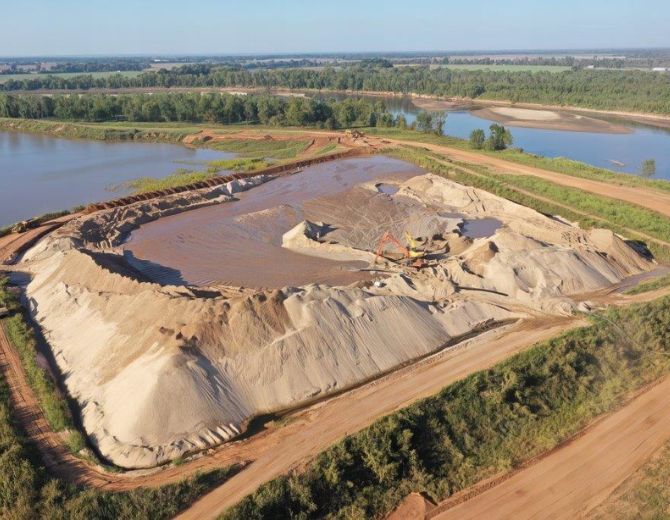
CUSTOMER FOR LIFE
“For us, every customer is a customer for life," Bunting said, in assessing the working partnership between CDE and Sierra Frac Sand. "From our base in Dallas Fort-Worth, we’re well positioned to deliver a faster aftercare service. Our boots are on the ground and we’re within easy access to the site which means we’re helping Sierra Frac maximize uptime and throughput to meet their market demand.
"Like any relationship, we have encountered challenges along the way, and it hasn’t always been a smooth journey but our commitment to support customers like Sierra Frac and our proactivity is what makes it possible to overcome. We regularly conduct service visits, preventative maintenance inspections and hold stock locally for common wearable parts.
“Our success is our customer’s success, so for a busy operation like Sierra Frac we integrate and truly operate as an extension of the team to help boost profitability and efficiency,” Bunting concluded.
As featured in Rock Products - November 2024



